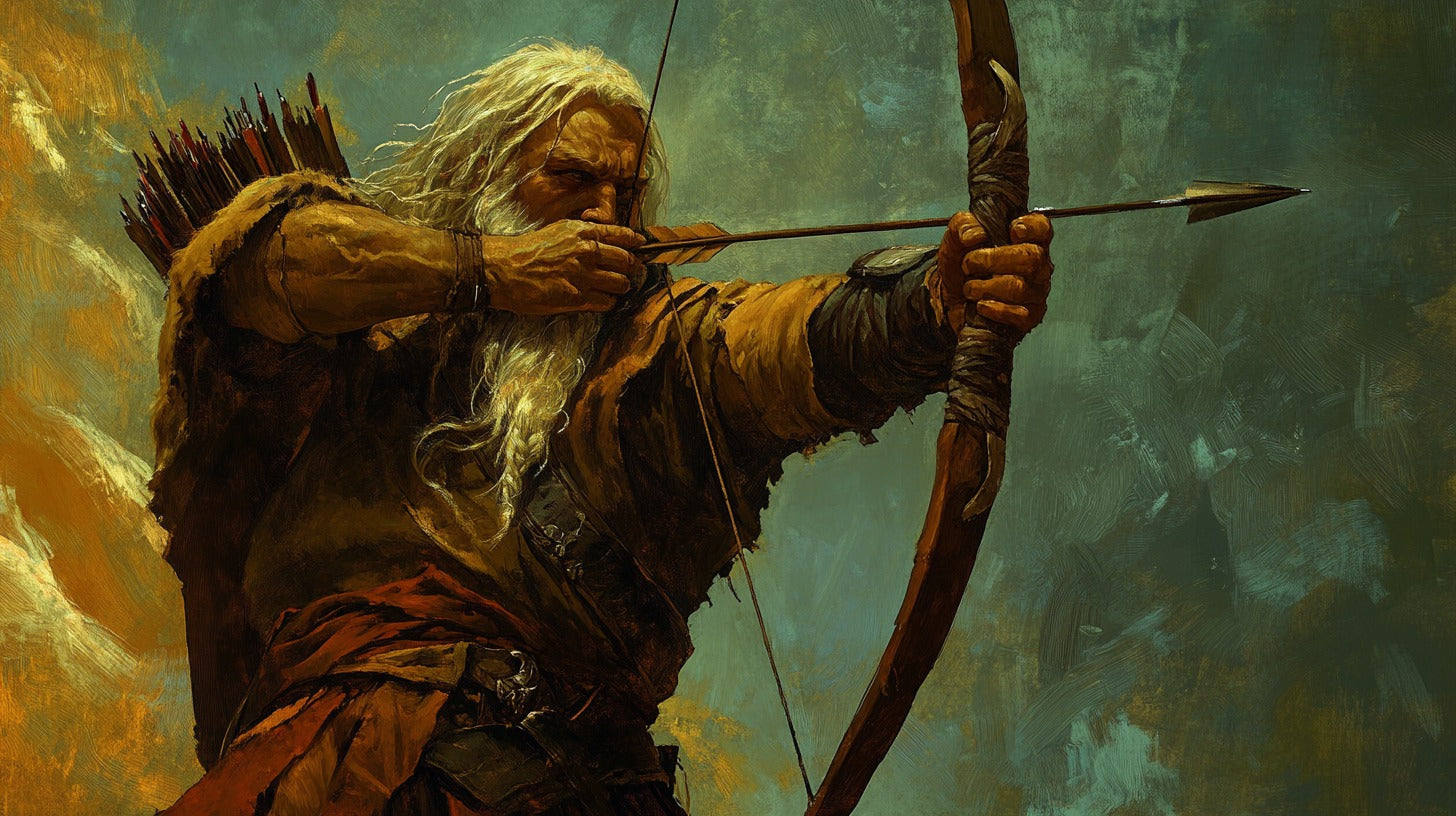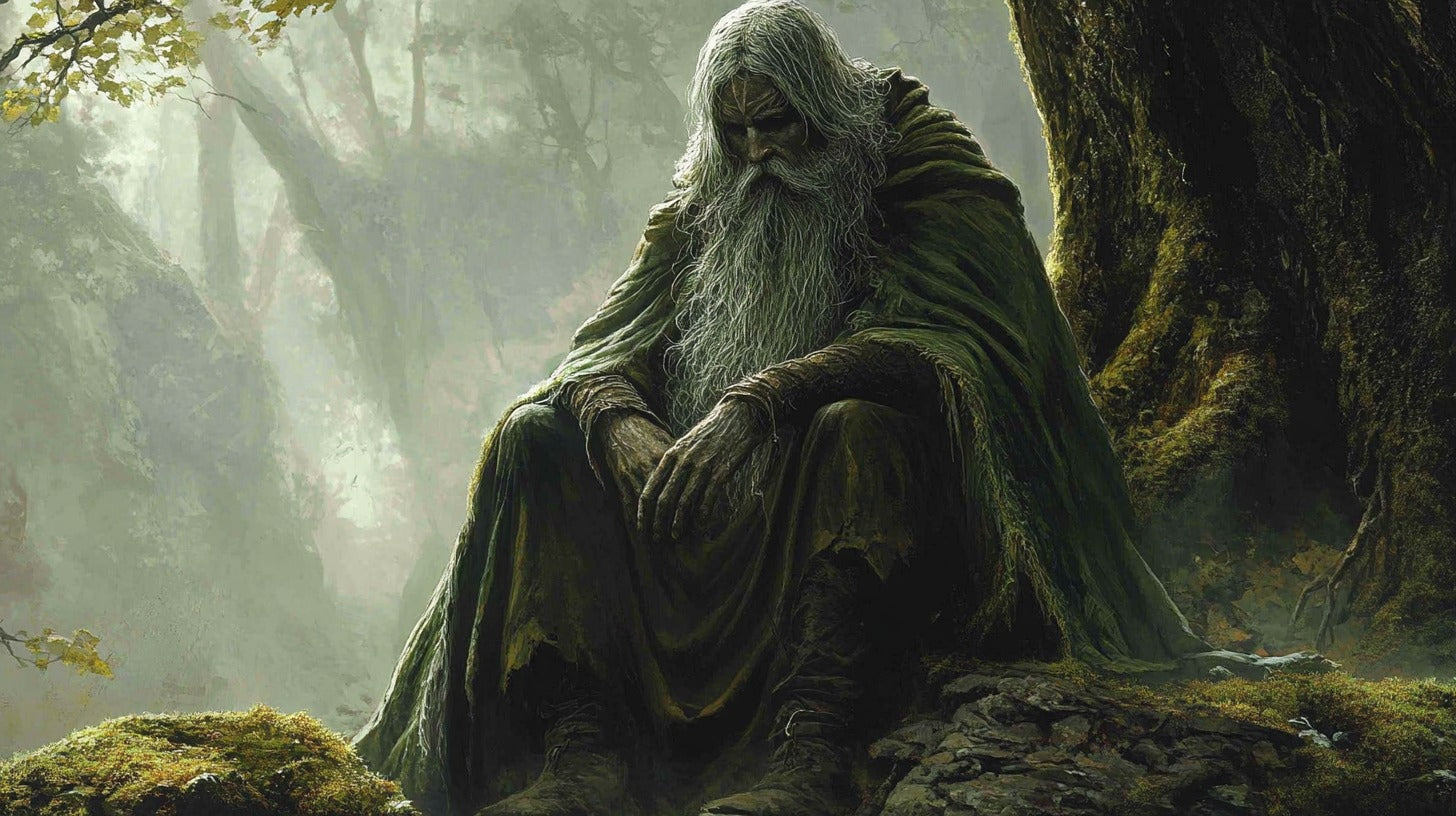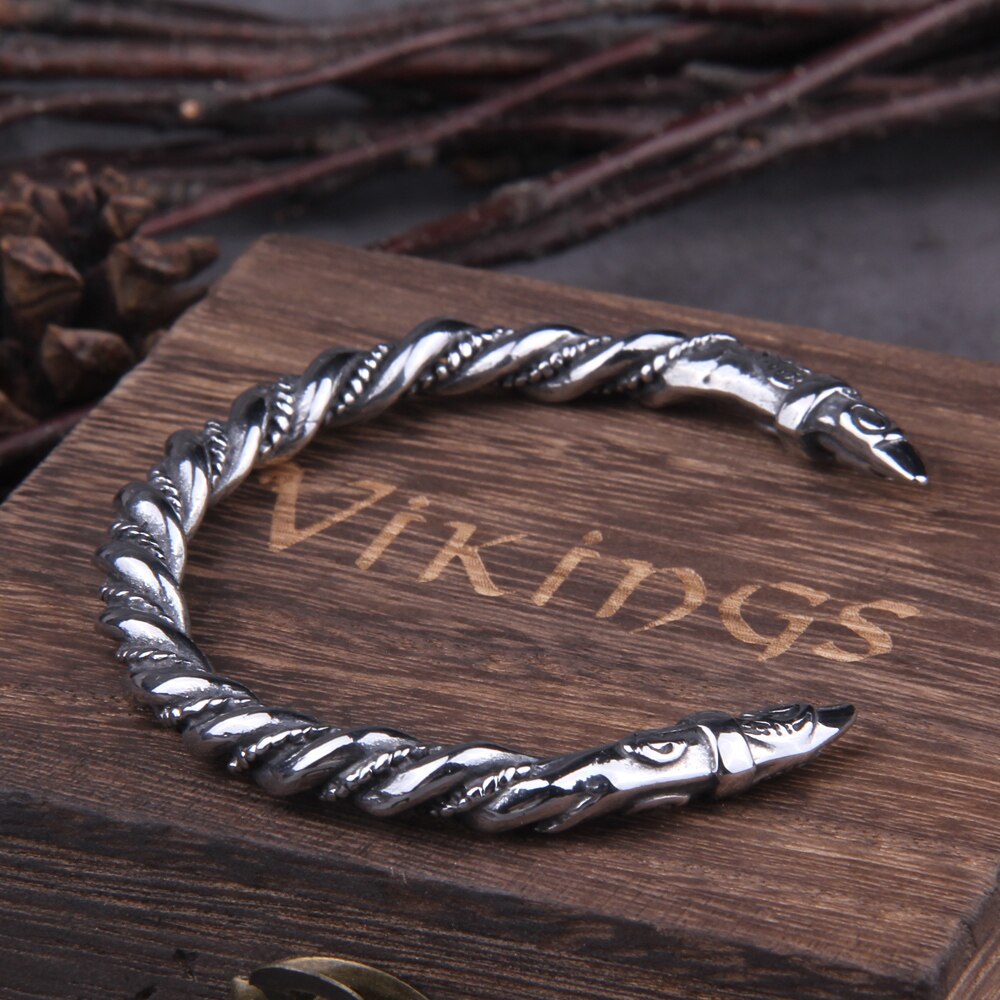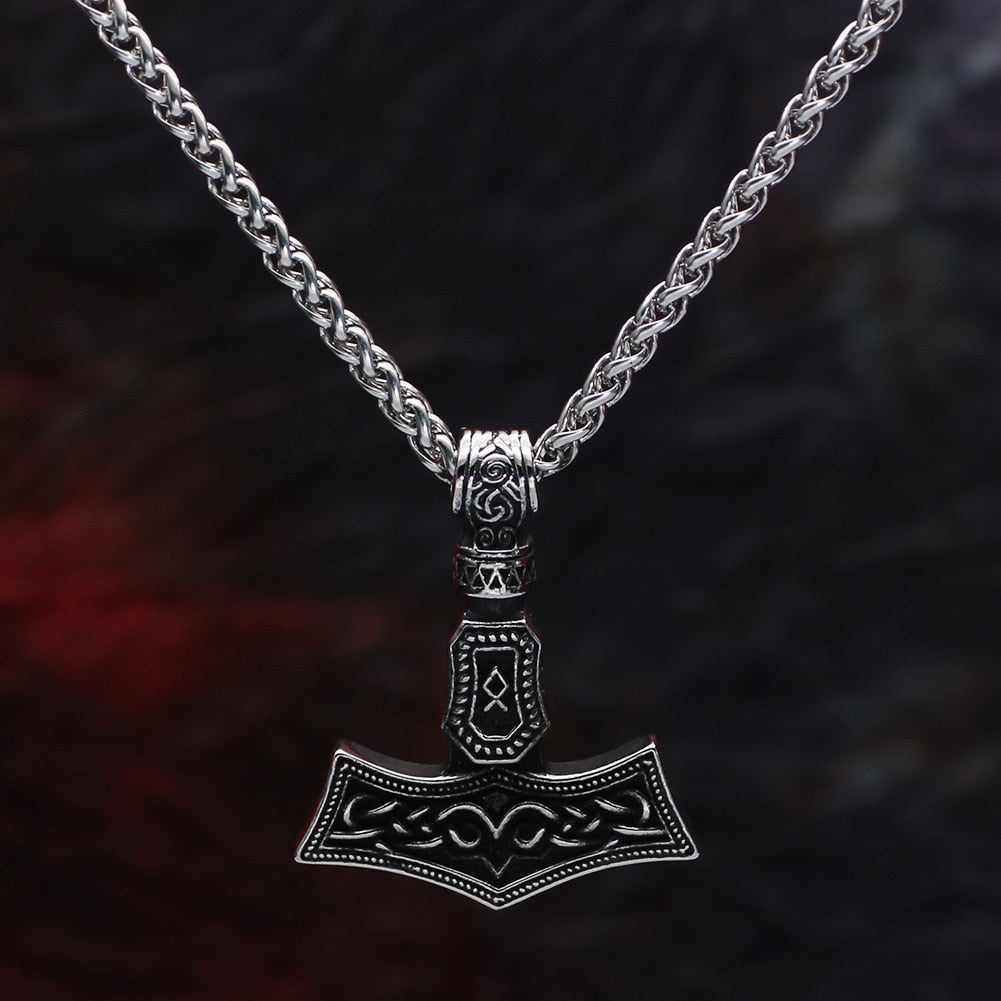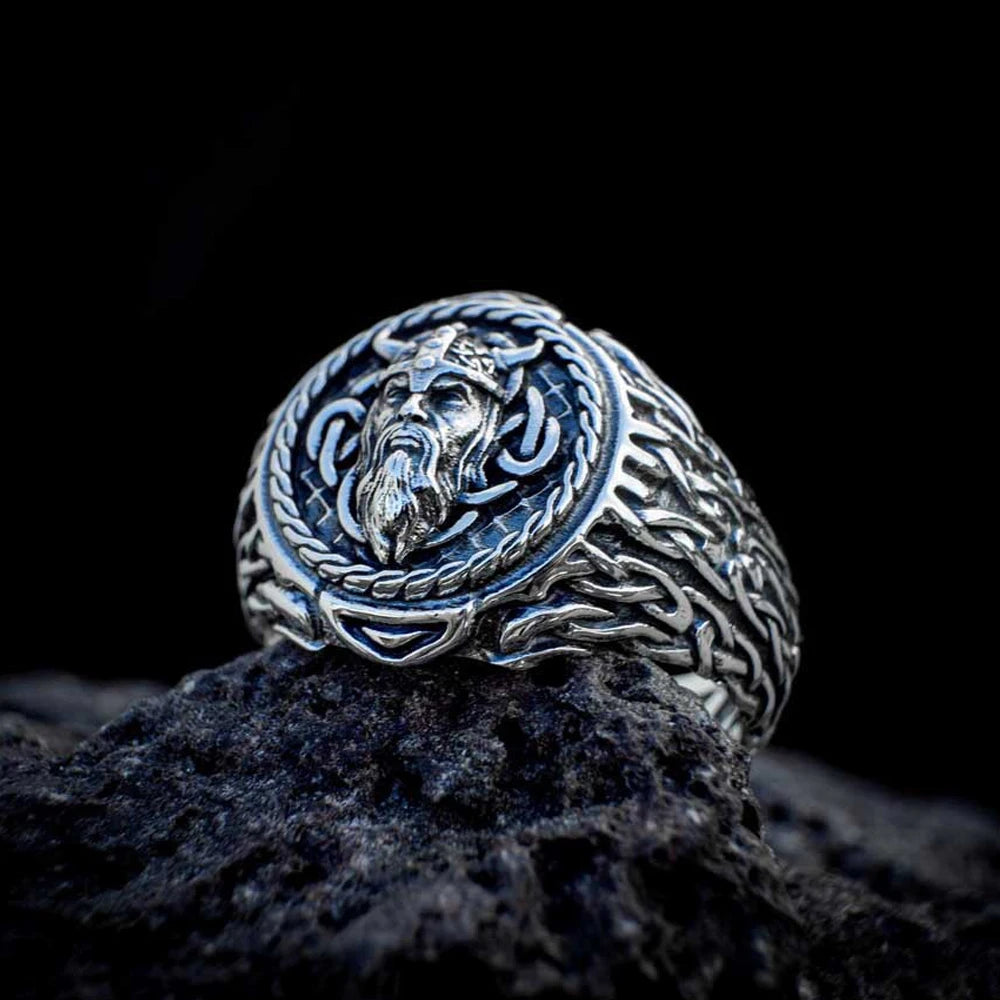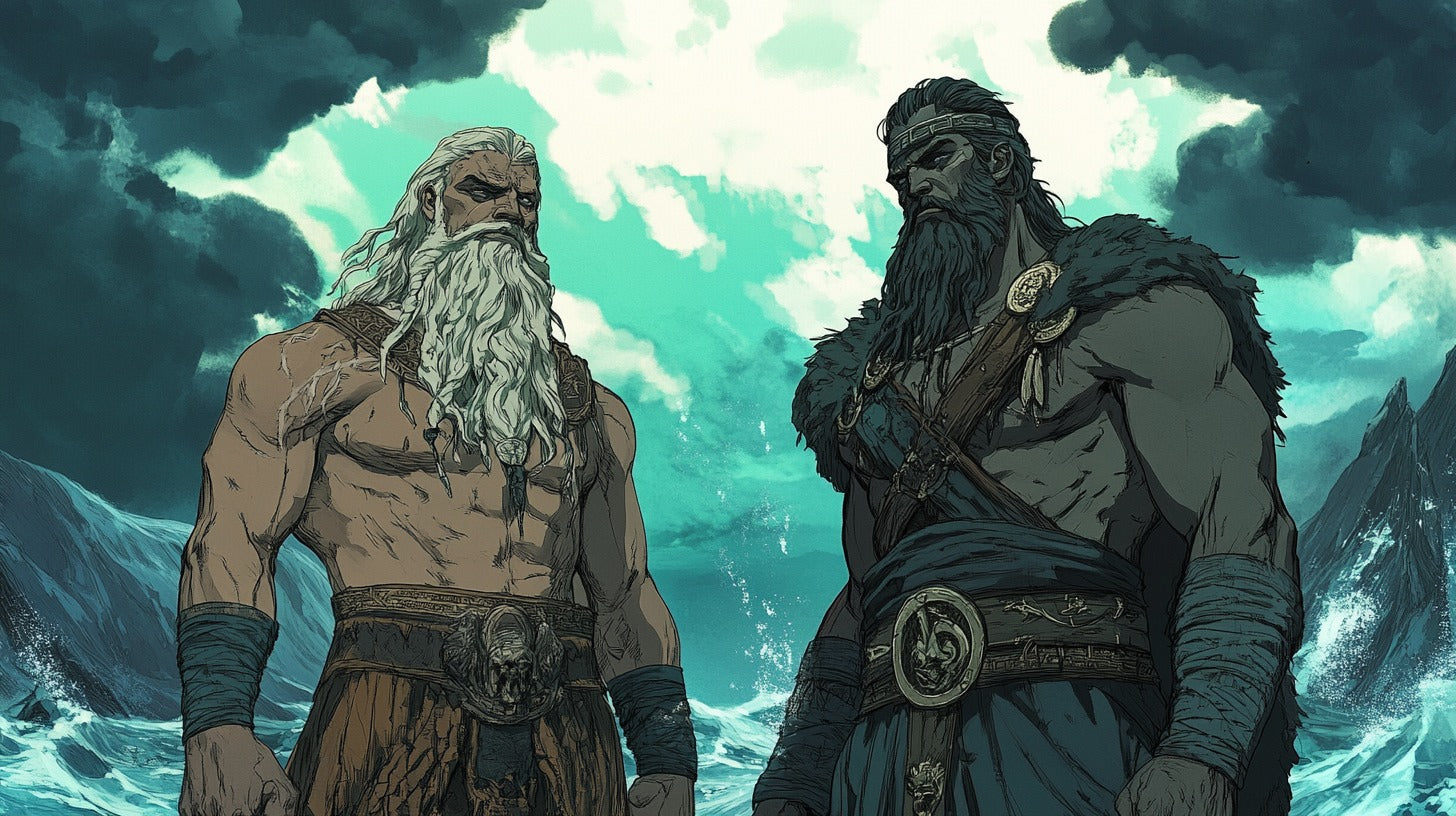
Tyr and Zeus: Shared Etymology and the Intersection of Norse and Greek Paganism
The ancient world was home to numerous mythologies, with gods and heroes shaping the spiritual and cultural practices of their respective civilizations. Among the most revered deities were Tyr of Norse mythology and Zeus of Greek mythology. While these gods emerged in vastly different cultures, a closer examination reveals intriguing linguistic and mythological parallels that suggest a common origin. This article explores the shared etymology of Tyr and Zeus, shedding light on how their mythological roles, linguistic connections, and cultural contexts may point to a broader, common ancestry.
Context of Ancient Mythologies
The Norse and Greek pantheons represent two of the most influential mythological traditions in European history. Norse mythology is primarily recorded in sources like the Poetic Edda and Prose Edda, written in the 13th century, while Greek mythology is more extensive, with its roots traced back through texts like The Iliad, The Odyssey, and Homeric hymns. Despite their geographical and cultural distance, these traditions show striking thematic similarities—gods overseeing war, justice, and human affairs.
Tyr: The Norse God of War and Justice

Tiwaz Rune Mjölnir Thor's Hammer Amulet
Tyr, one of the principal gods in Norse mythology (and one of, if not the most important god among Germanic Paganism), is often depicted as a heroic figure associated with war, justice, and law. In the Poetic Edda, he is the god who sacrifices his hand to the wolf Fenrir in order to bind him, showcasing his commitment to order and justice. He is often seen as the protector of the gods and humanity, ensuring that the laws of the gods are upheld.
Origins and Role in Norse Mythology
Tyr's role as the god of war and justice places him among the most significant deities in the Norse pantheon. While his role has diminished somewhat in later Viking traditions, he remains integral in the myth of Ragnarok, where he is fated to die in combat with the monstrous dog Garm. Tyr's martial prowess and sense of law reflect his central importance in Norse cosmology.
Etymological Connections
The name "Tyr" itself is linguistically connected to the Proto-Indo-European root dyeus, which is also the source of Zeus in Greek mythology. This connection suggests that both Tyr and Zeus are derived from a common Proto-Indo-European deity, Dyeus Phater, the "sky father" or "daylight sky god". This linguistic link suggests that these gods share not only thematic elements but may trace back to a common ancestral figure in early Indo-European religion.
Zeus: The King of Greek Gods

Enthroned Zeus (Greek, c. 100 BC) - modeled after the Olympian Zeus by Pheidas (Photo: Dave & Margie Hill CC BY-SA 2.0)
Zeus, the supreme god of Greek mythology, holds a similar position to that of Tyr in his respective pantheon. In Greek myth, Zeus is the ruler of the heavens, thunder, and lightning. As the son of Cronus and Rhea, Zeus overthrew his father to become the leader of the Olympian gods. Zeus is frequently depicted as a god of justice, protector of order, and enforcer of divine law, much like Tyr.
Origins and Role in Greek Mythology
Zeus' central role in Greek mythology is undisputed. As king of the gods, Zeus upholds justice and divine law, often intervening in mortal affairs to maintain balance and order. His leadership of the Olympian gods and his reign over Mount Olympus makes him a dominant figure in ancient Greek religious thought.
Etymological Connections
The name "Zeus" is derived from the Proto-Indo-European root dyeus, the same root found in Tyr’s name. This root is associated with the concept of the "sky" or "daylight sky," reinforcing the connection between these two deities. Both Tyr and Zeus embody the archetype of the "sky god" or "father god," who rules over justice and order in their respective worlds.
Shared Etymology and Possible Common Ancestry

Tiwaz Rune Amulet with Adjustable Leather Necklace
The shared etymological root of Tyr and Zeus is no mere coincidence. Linguists and historians trace the names of these gods back to the Proto-Indo-European root dyeus, meaning "sky" or "daylight sky god." This suggests that Tyr and Zeus stem from a common divine figure worshiped by ancient Indo-European peoples. The spread of Indo-European languages and cultures likely carried this deity's worship from the ancient steppe to both Greece and Scandinavia.
Linguistic and Cultural Parallels
In both Greek and Norse traditions, gods like Zeus and Tyr were viewed as embodiments of cosmic order and law. Zeus' role in maintaining order in the heavens and Tyr’s role as a lawgiver and warrior god illustrate a broader pattern within Indo-European mythology. These gods are not just warriors but also arbitrators of justice, a theme that transcends individual cultures.
Proto-Indo-European Roots
The Proto-Indo-European root dyeus not only links Tyr and Zeus but also influences the names of several other gods in Indo-European cultures. For example, in Roman mythology, Jupiter shares the same root, further cementing the common ancestry of these gods. This linguistic evidence supports the idea that the Norse and Greek pantheons, despite their later divergence, originated from a shared religious and cultural heritage.
Scholarly Perspectives
Some scholars, like Georges Dumézil, have proposed that the gods of the Indo-European pantheon share a functional tripartite structure. In his analysis, Tyr and Zeus represent the warrior and lawgiver function, while other gods in their respective pantheons fill the roles of fertility and sovereignty. This tripartite structure underlines the common framework of these mythologies, further suggesting that Norse and Greek paganism stem from a shared cultural tree.
The shared linguistic roots of Tyr and Zeus underscore the deep connections between the ancient Norse and Greek pantheons. Both gods embody similar roles as warriors, lawgivers, and cosmic rulers, reflecting broader Indo-European religious patterns. This common ancestry highlights the interconnectedness of ancient European mythologies and the enduring influence of Proto-Indo-European beliefs on later civilizations.
Frequently Asked Questions (FAQs)
1. How are Tyr and Zeus connected linguistically?
Both Tyr and Zeus derive their names from the Proto-Indo-European root dyeus, meaning "sky" or "daylight sky god." This common etymological root suggests a shared origin in early Indo-European religion.
2. What role does Tyr play in Norse mythology?
Tyr is the Norse god of war and justice, known for his sacrifice of a hand to bind the wolf Fenrir, demonstrating his commitment to cosmic order and the protection of the gods.
3. What is Zeus' role in Greek mythology?
Zeus is the king of the Greek gods, ruling over the heavens and thunder. He is a god of justice, ensuring order and law among both gods and mortals.
4. Did the Norse and Greek pantheons originate from the same tradition?
While the Norse and Greek pantheons are distinct, their shared etymological roots suggest they both stem from common Proto-Indo-European religious beliefs.
5. What other gods share the same linguistic roots as Tyr and Zeus?
In addition to Tyr and Zeus, other gods like Jupiter in Roman mythology share the same Proto-Indo-European root dyeus, further linking these ancient pantheons.
